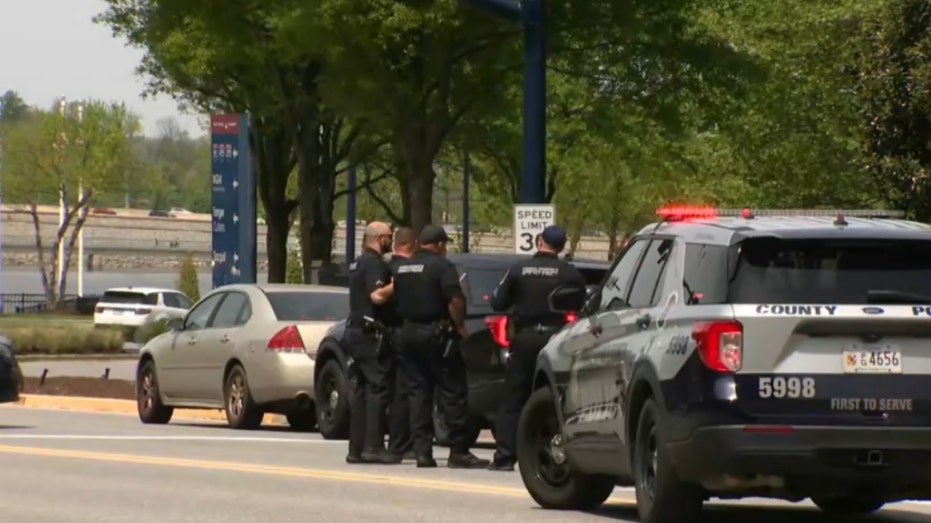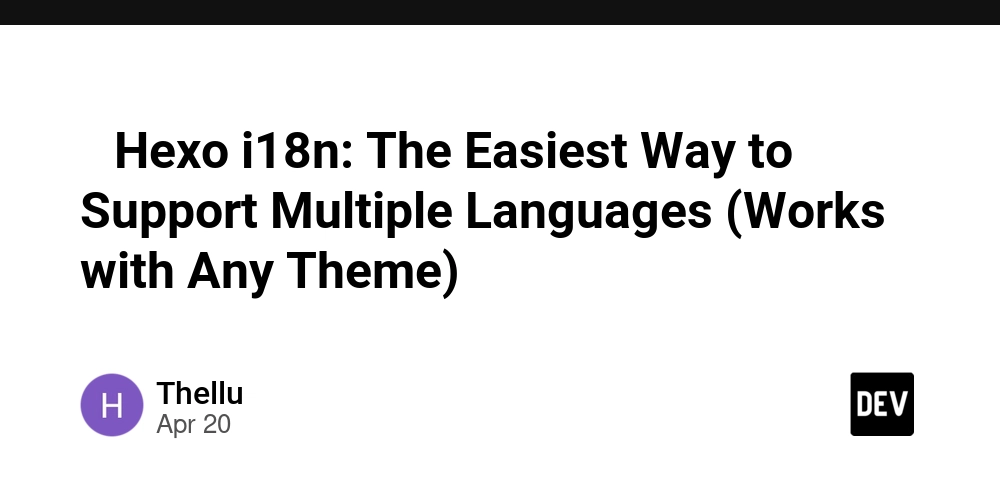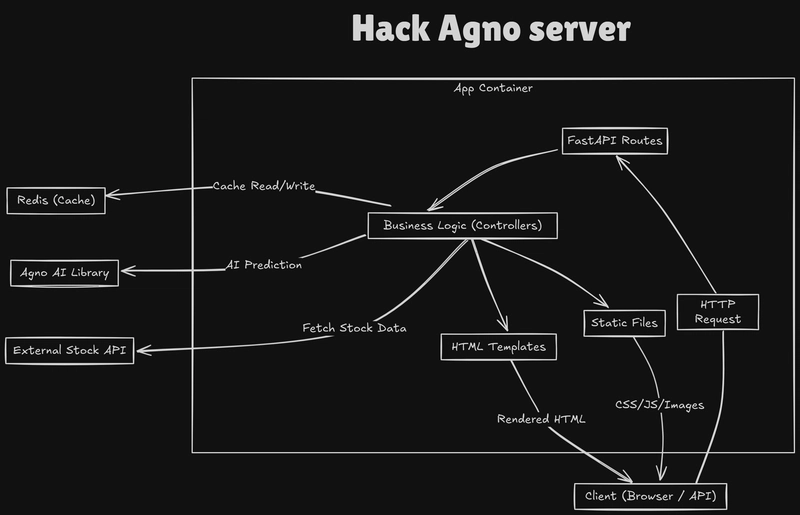Offering books featuring favorite licensed characters can engage young readers
Holden, my 21-month-old, has fallen in love. His early morning snack and “couch time” includes a dose of “Tiger!” This is toddler for, “Mom, turn on Daniel Tiger’s Neighborhood.”


Key points:
- Books featuring licensed characters can instill a love of reading
- We are just beginning the uphill climb to improve student reading scores
- NAEP scores show disheartening trends for the lowest-performing students
- For more news on literacy, visit eSN’s Innovative Teaching hub
Holden, my 21-month-old, has fallen in love. His early morning snack and “couch time” includes a dose of “Tiger!” This is toddler for, “Mom, turn on Daniel Tiger’s Neighborhood.” It inevitably leaves me singing whatever jingle is repeated throughout the episode–ALL DAY… “won’t you ride along with me… ride along…”
We’re also attempting potty training, and Holden’s favorite “potty book” (yes, we have a basket of potty books) is about Daniel Tiger having to turn the trolley around to go back home to go potty. Is it literary genius? Hardly. But the jingle is just as sticky: “Do you have to go potty? Maybe yes. Maybe no. Why don’t you sit and try to go.”
Children’s books based on toys, television, or movie characters rarely win any official medals or literary awards. And often, librarians and teachers shy away from them because there is a perceived lack of literary quality and a feeling that they are just pushing parents to buy more toys.
In some cases, they do lack meaningful storylines. And most certainly, the brands are licensing books to market their characters and further their brand affinity among children. But Robin Pearson, the former head of publishing at The Lego Group, makes some excellent points in this blog: “If you give kids the choice over what they want to read, many will pick books or mags about their favourite shows, games, toys or characters. Licensed publishing–both books and magazines–can prove to be powerful incentives for kids who don’t really like reading.”
I would take Pearson’s thoughts a step further. I can certainly argue why a child who doesn’t like to read may be more compelled to pick up a book featuring one of their favorite characters. But books have been a part of Holden’s life every day since he came home from the hospital. If five potty books are available, he picks Tiger nearly every time. And I say, as long as he’s picking up a book, that’s a WIN!
Amy Pihl, a school librarian in Salina, Kansas, agrees: “As a librarian who shifted from public libraries to a school library, I believe in the inherent value of books featuring popular licensed characters. Curating a love for reading in young learners can be challenging as our world becomes more and more digital, so when a student asks me if we have this book or that book from a certain movie or series they’ve watched at home, I’ll immediately look into book options when they’re available. My number one job is to connect kids to books they’ll love. If they’ve made a connection with a licensed character enough to want to continue that connection crossing over to reading, then you bet I want to facilitate that. I want my students to love reading and view it as something they enjoy–not an academic obligation. Allowing them access to the books–and characters–they are interested in is imperative to building a culture of reading in schools.”
Reading books about favorite characters can be an easier introduction into independent reading for little ones, as well. For starters, they already have context about the storyline and supporting characters. Some licensed content books repeat story lines from episodes of TV shows; others expand on them or tell new stories. Licensed nonfiction books explain more complicated topics like science or history through the voice of a known and loved character.
Simply engaging in reading practice is foundational. And we know if a kiddo selects his or her own book, they are much more likely to stay engaged while being read to or reading themselves. Ashley Healey says the students who visit her library in Stratham Memorial School in New Hampshire gravitate towards books like these: “Our books with licensed characters are BY FAR some of our most checked out resources. Even the most reluctant of readers’ faces will light up when they see Bluey or Marshall from Paw Patrol. It’s comforting to them. It’s also a great way to encourage reading skills–a student who has seen the episode “Barky Boats” a million times can easily identify key vocabulary and retell the story with ease. We have entire sections dedicated to trademarked characters (Pokémon, Star Wars, every princess you can imagine, etc.) and their bins are nearly always empty, which is a win-win for my librarian heart.”
You might have landed on the same popular licensed character, but there are hundreds out there by a variety of publishers, including:
- Daniel Tiger’s Neighborhood (PBS Kids), PJ Masks (Disney Junior); Cocomelon (Netflix) from Simon Spotlight, imprint of Simon & Schuster
- Molly of Denali (PBS Kids), Roblox (online game), Baby Shark (Pinkfong), My Little Pony (Hasbro), FGTeeV (YouTube); PopularMMOs (YouTube) from HarperCollins
- Peppa Pig (various platforms), Clifford the Big Red Dog (PBS Kids); Julie and the Phantoms (Netflix) from Scholastic
- Sesame Street (various platforms), Crayola; Garfield (various platforms) from Lerner Publishing Group
Dr. Katie Hoving, a reading and English teacher at Hampshire High School in Illinois, notes that similar to licensed characters, students of all ages also connect with movie tie-ins: “My daughter went through a Stranger Things phase and was obsessed with the show. So, of course we found Stranger Things books for her to read. Now, it’s Outer Banks, so we’re on the hunt for books related to that show. I also have some of these types of books in my classroom. When students go for these types of books, I think it’s because there’s something comforting about a familiar character and storyline. It’s like being welcomed home into a world you already know!”
I honestly don’t know if the Daniel Tiger’s potty book is based on an episode of the show or just something the producers felt would make a good topic for a book. Either way, it’s getting a lot of love. And this book lover, and librarians around the world, love that.
Librarian Amanda Chacon shares in her excitement when a licensed character helps with a reading breakthrough: “I’ve seen even the most reluctant readers light up when they discover a book featuring a familiar, licensed character. It’s like finding a trusted friend in a space that can otherwise feel overwhelming with choices. You can almost see the neurons firing with excitement as they connect reading to something they already love, forming a new relationship with books–one that becomes a gateway to a lifelong love of literacy.”
This is why you’ll see many of these books available in online book fairs, through vendors and bookstores, and in a basket next to the potty. Because if these characters can make it easier for kiddos to pick up in a book at a time when our Nation’s Report Card is still reporting that average scores in reading are declining, then I’m all for it.









































































